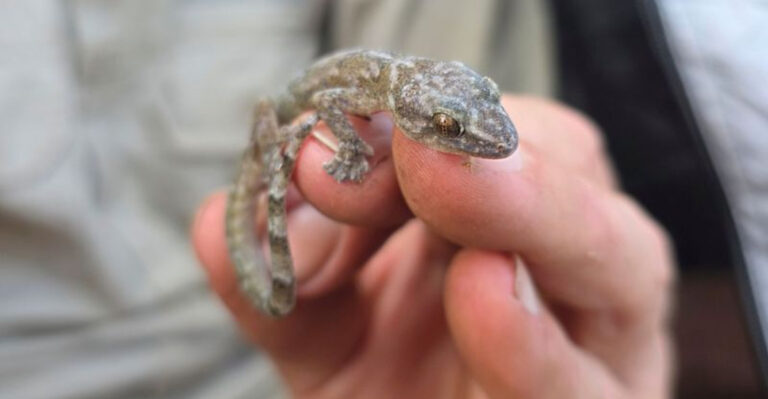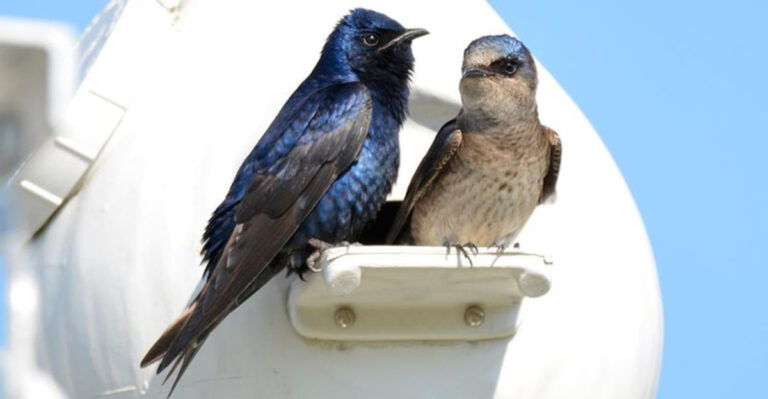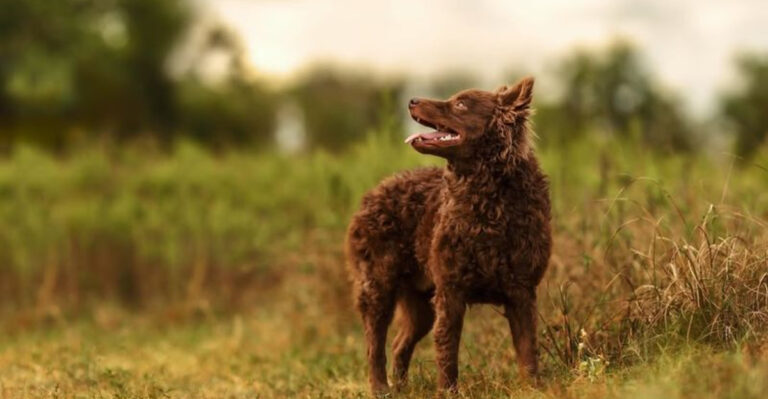15 Ways To Tell You’re Doing Bird Feeding Right
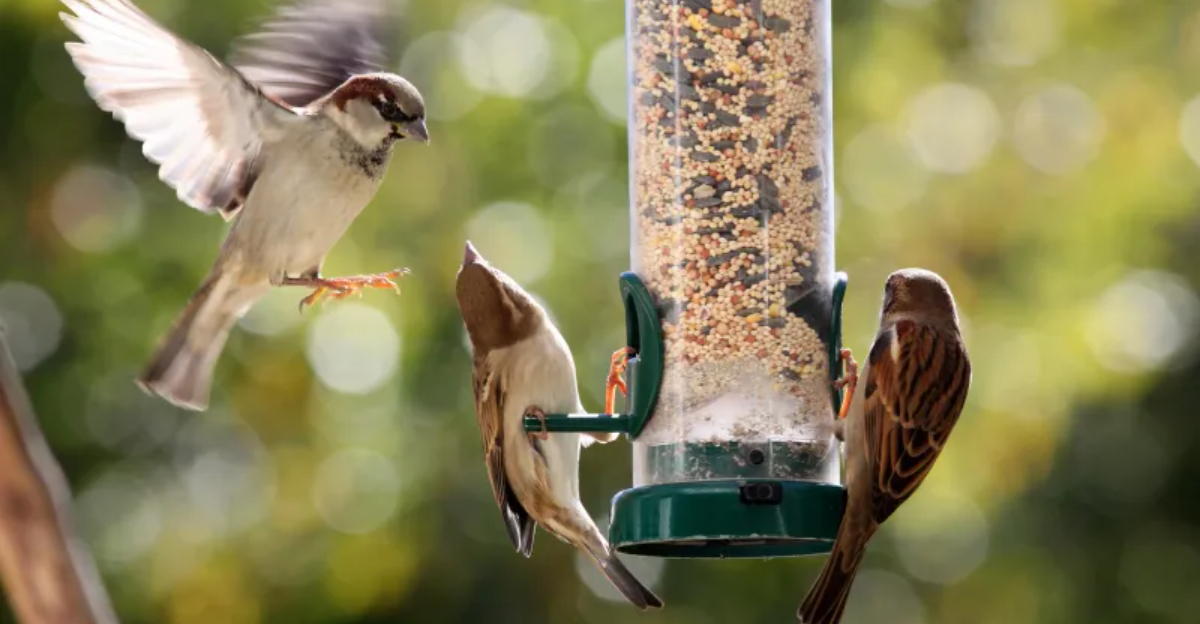
Attracting feathered visitors to your yard brings joy and connects you with nature right outside your window.
When you provide food for wild birds, you’re not just creating a beautiful backyard spectacle – you’re helping local wildlife thrive, especially during harsh weather or migration periods.
But how do you know if you’re doing it properly?
1. Variety Of Species Appear
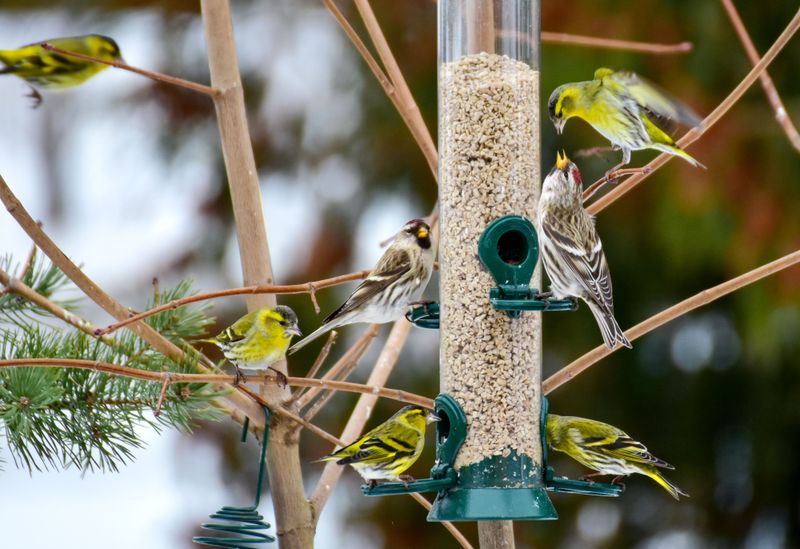
Your yard has transformed into a bustling bird airport with different species coming and going. Cardinals flash red against green trees while chickadees dart in for quick snacks.
This diversity signals you’re offering a good selection of foods that appeal to multiple bird types. A varied bird population means you’ve created a welcoming habitat for many beaked visitors.
2. Clean Feeders, Happy Birds
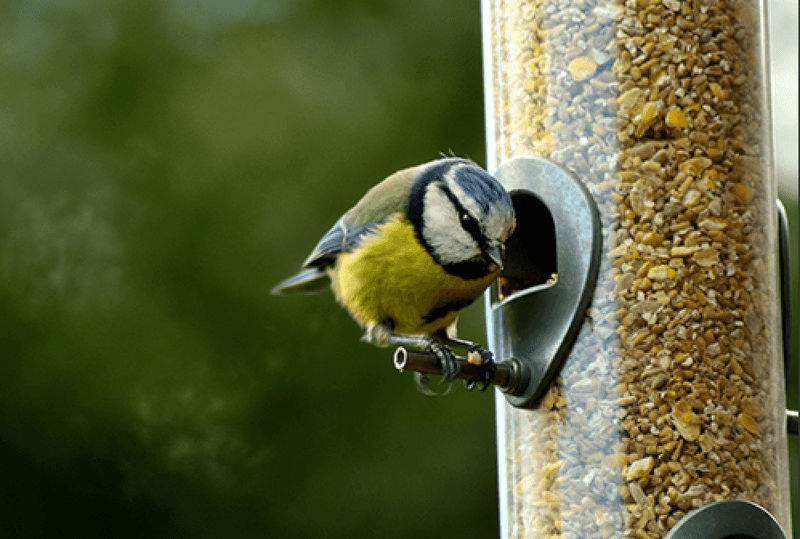
Spotless feeding stations shine in the sunlight as healthy birds feast without worry. No moldy seeds or slimy residue in sight!
Regular cleaning prevents harmful bacteria and fungus from spreading diseases among your feathered guests. When birds appear vibrant and energetic rather than lethargic or sick, your maintenance routine deserves a gold star.
3. Frequent Flyers Return Daily

That crowd of finches showing up like clockwork? They’re voting with their wings! Birds develop reliable feeding patterns when they find dependable food sources.
Regular visitors indicate you’ve created a trustworthy pit stop in their daily routine. If the same species return consistently, you’ve earned their avian approval.
4. Seeds Disappear Quickly

Yesterday’s full feeder now sits half-empty as hungry visitors make short work of your offerings. This rapid consumption means birds find your seed selection irresistible!
Quality food attracts quality customers in the bird world. When you notice consistent emptying without waste scattered below, you’ve matched the right food to your local bird population.
5. Limited Ground Waste
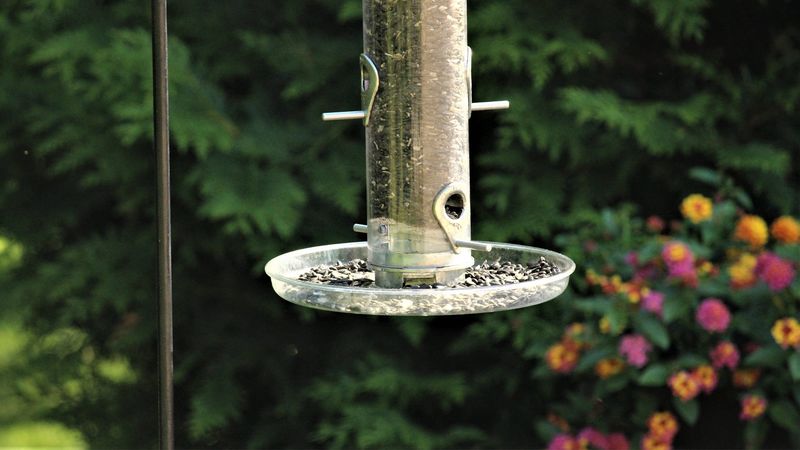
The area beneath your feeders remains relatively clean with minimal scattered seed. This tidiness suggests birds are actually eating what you provide instead of tossing unwanted seeds aside.
Smart seed selection means less waste and fewer pests. When birds consume most of what you offer rather than discarding it, you’ve chosen appropriate food that matches local species’ preferences.
6. Birds Display Healthy Behavior
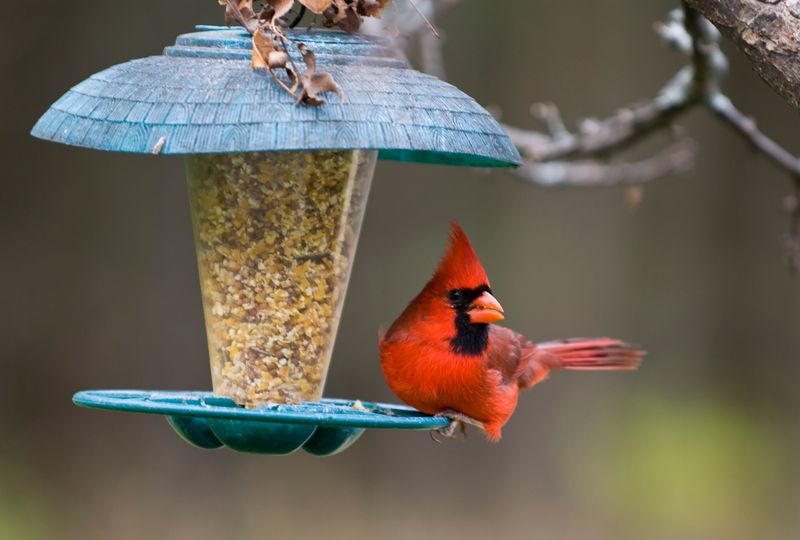
Bright eyes and glossy feathers flash as birds zip between perches with energy to spare. Your visitors show no signs of lethargy or illness as they interact normally with each other.
Healthy birds preen, sing, and move with vigor. When your feathered guests display these natural behaviors rather than appearing sluggish or disheveled, your feeding practices are supporting their wellbeing.
7. Seasonal Food Adjustments
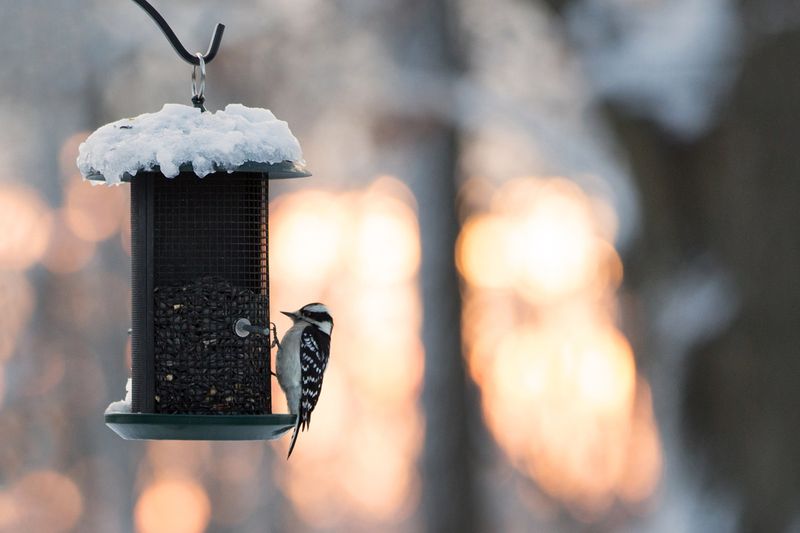
High-energy suet blocks appear as winter winds blow, while protein-rich options emerge during spring nesting season. Your feeding station evolves throughout the year.
Birds have different nutritional needs as seasons change. When you notice birds eagerly accepting your seasonal offerings rather than ignoring them, you’ve successfully adapted to their changing dietary requirements.
8. Predator Protection Measures
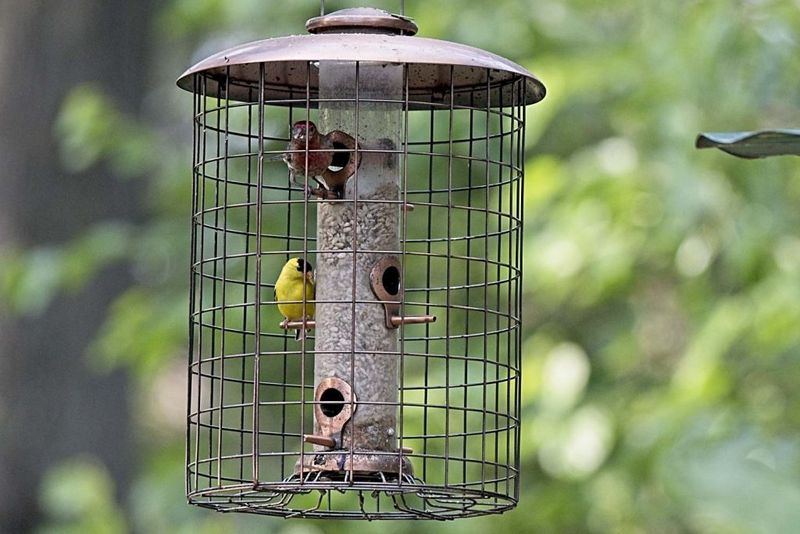
Your strategic feeder placement keeps cats and hawks at bay while giving birds quick escape routes to nearby shrubs. Birds feed with relaxed alertness rather than constant panic.
Safety creates comfort in the bird world. When your visitors spend more time eating than frantically scanning for threats, your protective setup is working perfectly to create a secure dining experience.
9. Early Morning Rush Hour

Dawn breaks with a flurry of wings as eager diners arrive for breakfast. This natural feeding rhythm shows birds have incorporated your offerings into their daily routine.
Birds typically feed most actively early in the day. When your feeders host this morning symphony rather than sitting untouched until afternoon, you’ve successfully tapped into their natural behavior patterns.
10. Water Source Nearby
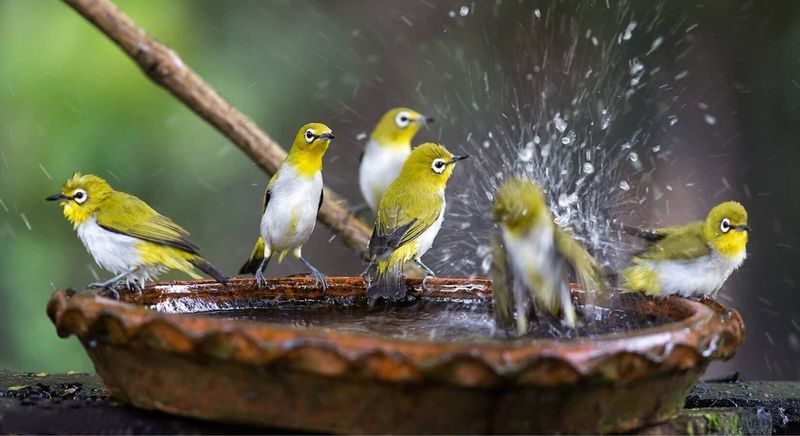
Splashing sounds draw attention to birds bathing in your birdbath just steps from the feeder. Fresh water attracts even species that ignore your seed offerings.
Birds need hydration and bathing opportunities year-round. When you notice increased activity around your water features alongside feeding stations, you’ve created a complete habitat that meets multiple bird needs.
11. Nesting Activity Increases

Bits of fluff and string disappear from your offering station as spring brings nest-building fever. Parent birds make quick trips between your feeders and nearby nesting sites.
Well-fed birds often choose to raise families nearby. When you notice increased breeding activity in your yard rather than just feeding visits, your consistent food supply has helped birds establish territory around your home.
12. Minimal Bully Bird Problems
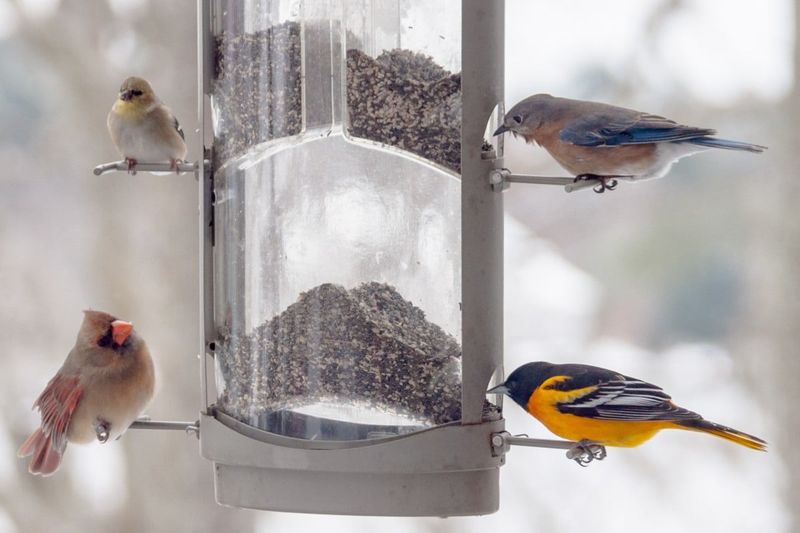
Smaller birds feed peacefully without constant disruption from larger, aggressive species. Your feeder selection and placement discourage monopolizing by bullies like grackles or starlings.
Strategic feeding setups prevent domination by a single species. When you observe a democratic dining arrangement rather than one species chasing others away, your feeding system promotes fairness in the avian community.
13. Squirrel Solutions Working
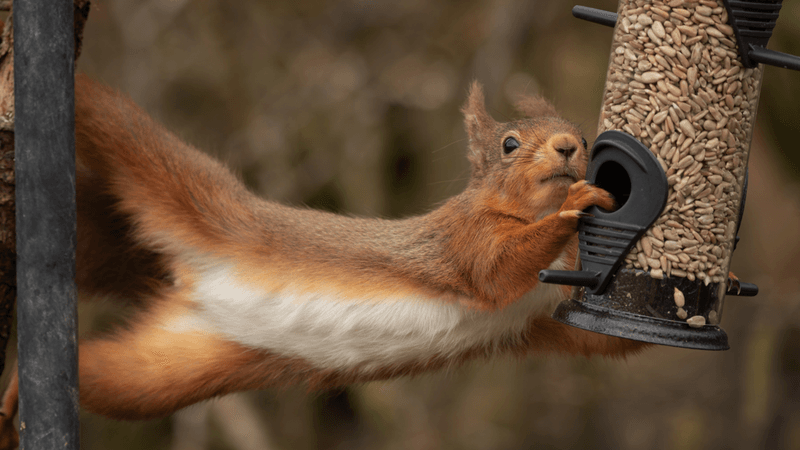
Frustrated squirrels attempt acrobatic feats but ultimately fail to raid your bird buffet. Your baffle system or squirrel-proof feeders keep seed for the intended winged guests.
Effective squirrel deterrents save money and food. When birds can eat without mammalian interference and you’re not constantly refilling pillaged feeders, your anti-squirrel strategies deserve celebration.
14. Natural Foraging Continues
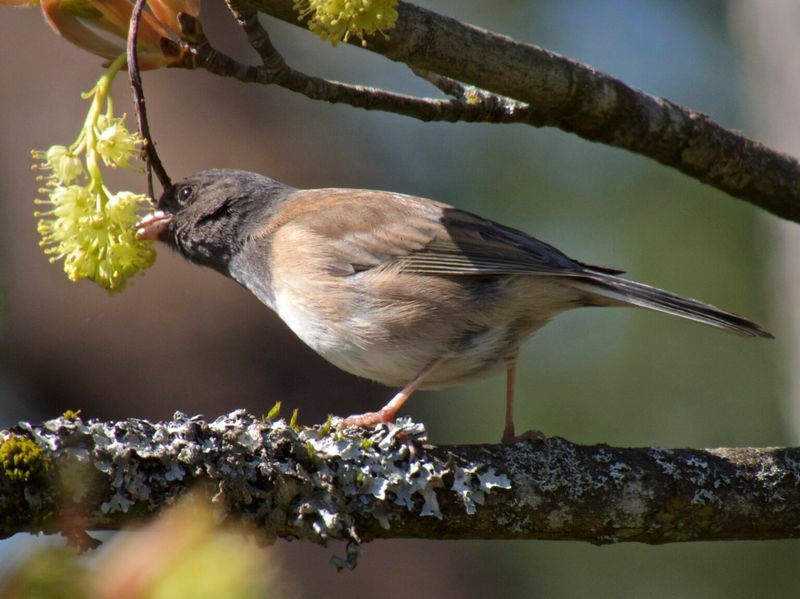
Between visits to your feeders, birds hunt insects in your garden or pluck berries from native plants. Your feeding program supplements rather than replaces natural food sources.
Healthy feeding encourages natural behaviors. When birds balance your offerings with wild foods instead of becoming completely dependent, you’ve created a supporting role in their ecosystem rather than an artificial replacement.
15. Neighborhood Bird Fame

Neighbors comment on your thriving bird population while local bird enthusiasts stop to admire your setup. Your yard has become known as a bird hotspot in the community.
Success attracts attention beyond just birds. When your feeding station becomes a local landmark for bird appreciation rather than just another backyard hobby, you’ve achieved mastery of the art of avian hospitality.


